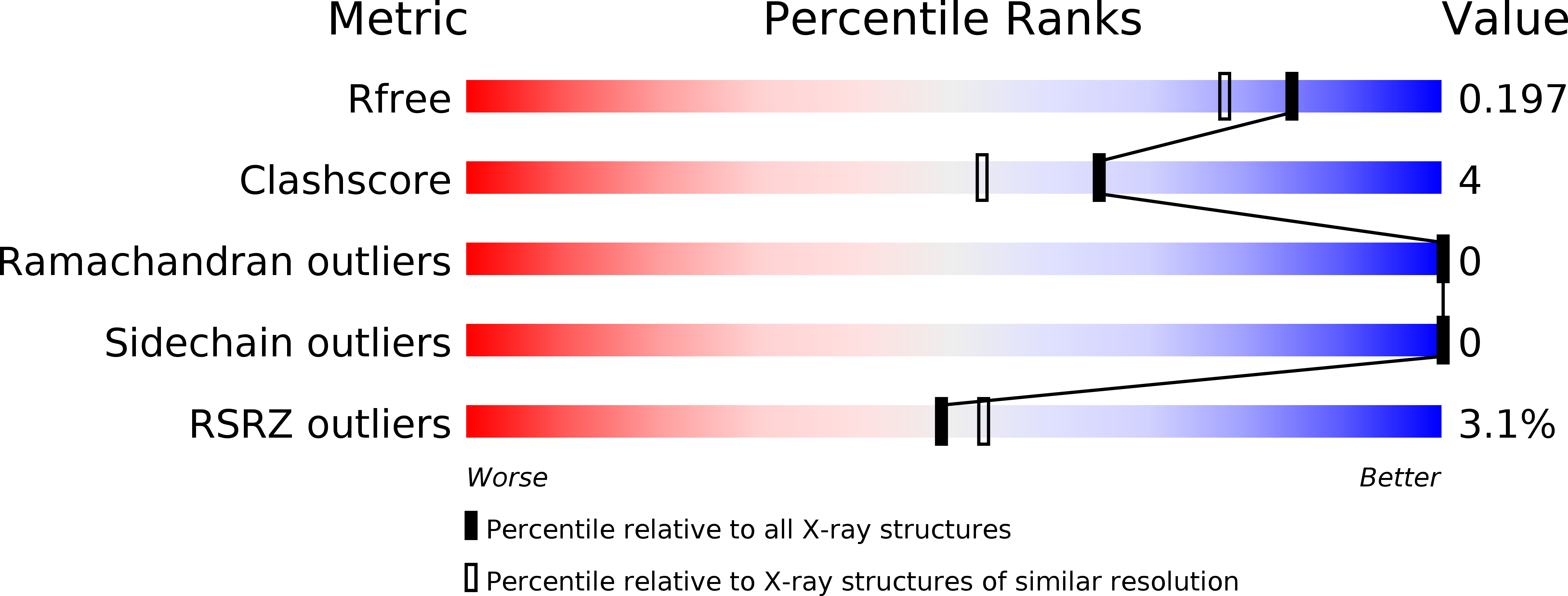
Deposition Date
2018-06-15
Release Date
2019-06-12
Last Version Date
2024-10-23
Entry Detail
PDB ID:
6A3K
Keywords:
Title:
Crystal structure of cytochrome c' from Shewanella benthica DB6705
Biological Source:
Source Organism:
Shewanella benthica DB6705 (Taxon ID: 126830)
Host Organism:
Method Details:
Experimental Method:
Resolution:
1.71 Å
R-Value Free:
0.19
R-Value Work:
0.16
R-Value Observed:
0.16
Space Group:
C 1 2 1


